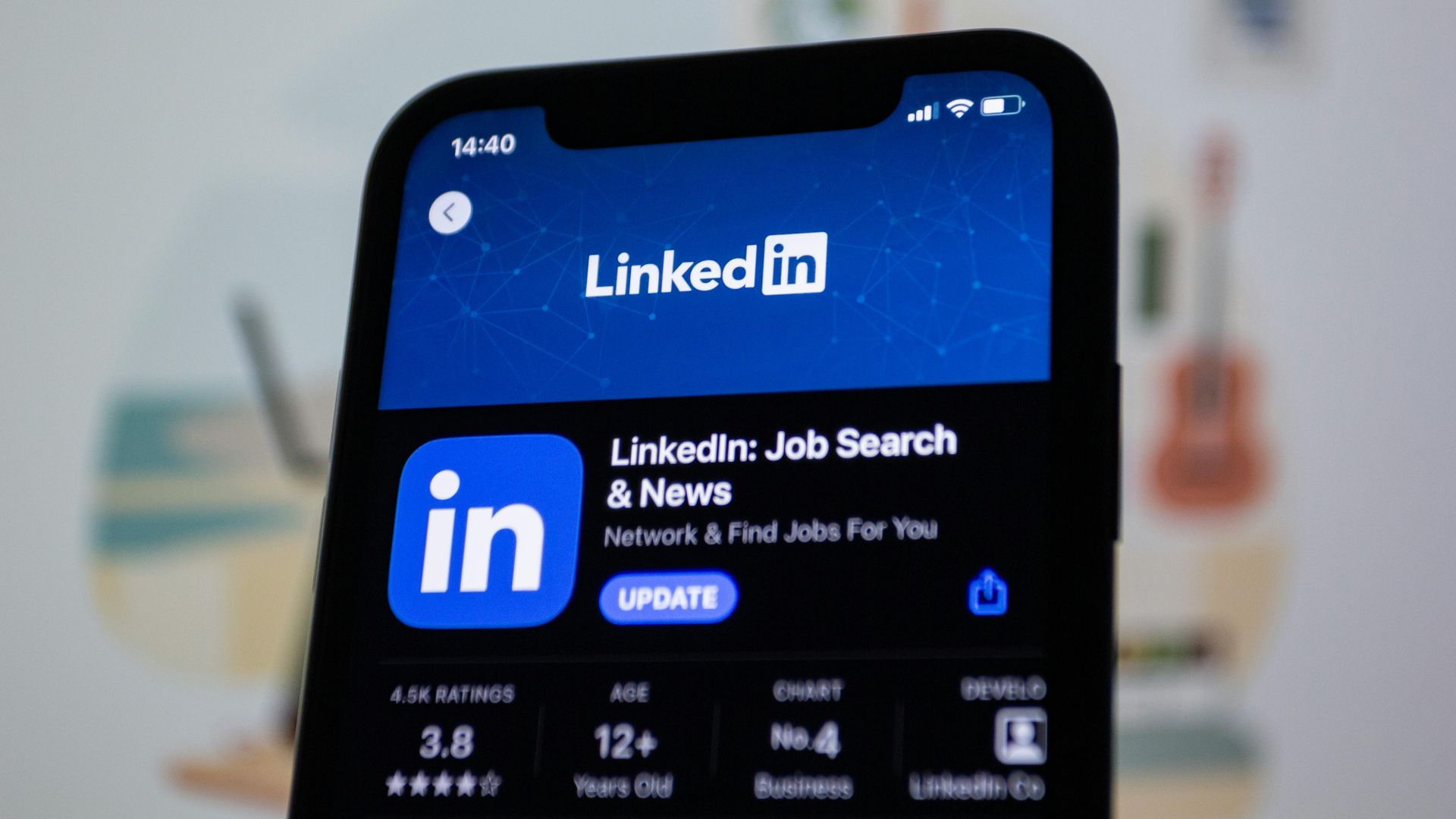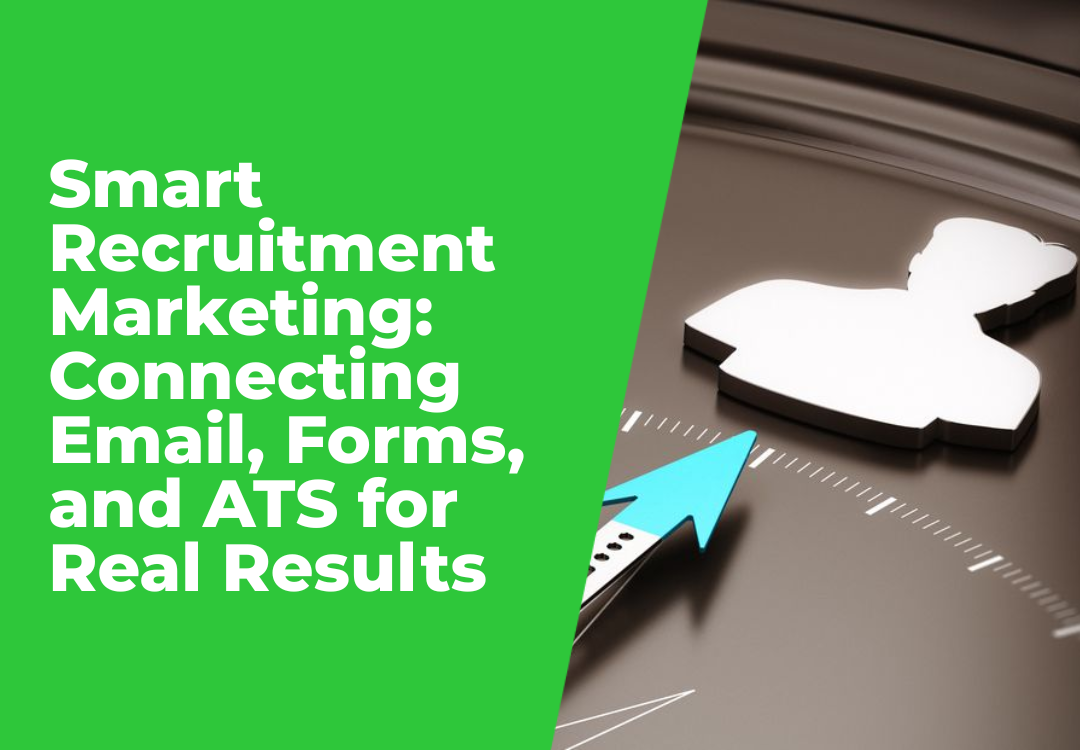The Future of Recruitment Marketing: How AI, SEO & AEO Are Changing Everything
November 26, 2025
Recruitment marketing is shifting faster than most agencies can keep up. Traditional SEO isn’t enough anymore, AI search and AEO (AI Engine Optimization) are rewriting the rules. If your website, email marketing and ATS aren’t connected, you’re flying blind.
The future belongs to agencies that use data, automation and AI-driven visibility to attract both clients and candidates. Here’s how to make sure your brand is found and chosen.
1. Understand How Search Has Changed
75% of job seekers start their job hunt on Google, and AI now summarizes answers instead of just listing links. To be featured, your content must answer questions directly.
AEO Tip: Add structured FAQ schema, short paragraphs, and question-based subheadings (like this).
2. Combine SEO + AEO for Maximum Visibility
- SEO: Get your job pages and blogs ranking with keyword-rich content and proper job schema.
- AEO: Optimise for how AI engines
interpret your content, clarity, authority, accuracy, and relevance.
Stat: 68% of online experiences begin with a search engine, but 45% of those are now AI-assisted.

3. Turn Your Website into a Data-Driven Marketing Hub
Your recruitment website shouldn’t just “look good” it should track every click and conversion.
- Integrate
smart
forms that feed into your ATS (Bullhorn, JobAdder, Vincere).
- Add tracking IDs and UTMs to every link.
- Use tools like KaboomIQ to visualise what’s actually driving ROI.
4. Use Email Marketing as a Conversion Multiplier
Email is still one of the most powerful channels when it’s integrated and measurable.
- Use
ShoutLab to send targeted campaigns to employers and candidates.
- Link every email form and CTA to your website analytics and ATS.
- Track the full journey: email open → click → form submit → job apply → hire.
5. Measure and Adapt Monthly
Your AEO/SEO strategy isn’t “set and forget.” Use dashboards to track:
- Traffic from AI search and Google
- Which content gets cited or summarised by AI engines
- Lead source performance
Your next client or candidate isn’t searching the old way, AI is deciding what they see first. Recruitment marketing now means creating authentic, AI-ready content connected to your data stack.
If you want your recruitment website and marketing stack to be found, book a free Shazamme demo today.









